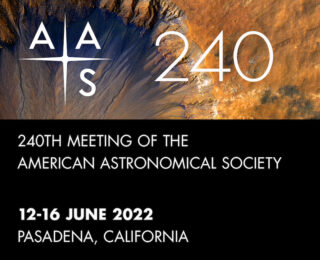
Meet the AAS Keynote Speakers: Dr. William Donahue
How does astronomy get passed down from generation to generation? Learn about Kepler and the history of astronomy from Dr. William Donahue’s #AAS240 LeRoy E. Doggett Award plenary talk!

How does astronomy get passed down from generation to generation? Learn about Kepler and the history of astronomy from Dr. William Donahue’s #AAS240 LeRoy E. Doggett Award plenary talk!
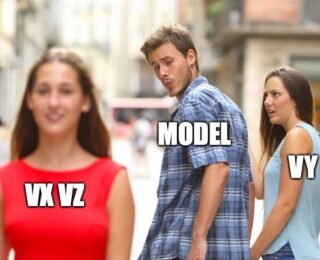
Stars like hiding their ages! In today’s paper, the authors inferred velocities of thousands of stars, which will help to determine their ages!
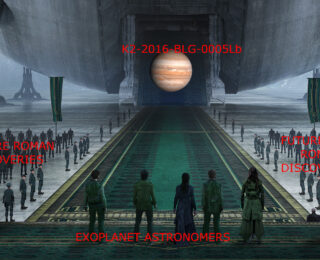
Astronomers have just found Jupiter’s twin in a distant solar system. Their discovery technique may surprise you, and might just be the most important method for discovering Earth-like exoplanets in the next decade…
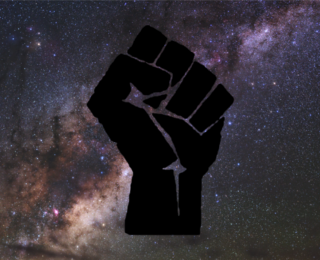
As part of our #BlackInAstro series for Black History Month, we interview Dr. Gibor Basri, a pioneer in stellar astronomy (one of the discoverers of brown dwarfs) and the founding Vice Chancellor for Equity and Inclusion at UC Berkeley!
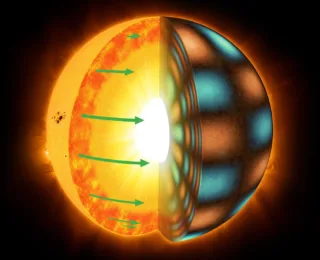
Do stars really spin down? Authors of today’s paper find out if what we’re seeing is real or a trick of the light.
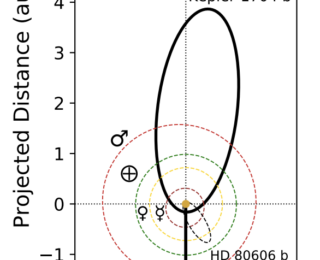
Today’s authors yelled, “Got ’em!” when they discovered a failed hot Jupiter that aids in our understanding of giant planet migration.